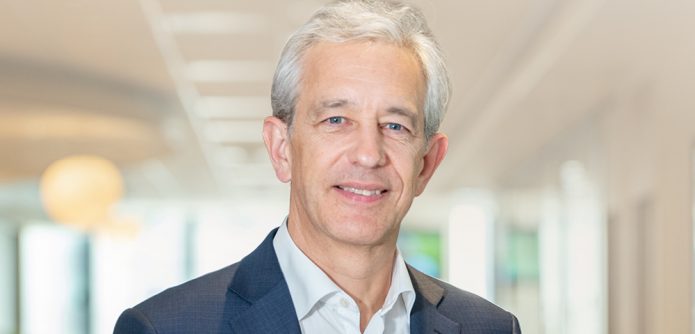- Less than 1% of water in Japan is fluoridated
- Fluoride supplements are unnecessary
- Dry brushing also recommended
I am often asked if water is fluoridated in Japan. This is a big concern for my patients with younger children and particularly for many people who have benefited from the effects of water fluoridation in their home countries.
As an aside, 42 out of 50 states in the US have fluoridated water, while less than 9% of the UK fluoridates its water. Less than 1% of water is fluoridated in Japan.
Basically, Japan does not fluoridate its water system; I am then asked if fluoride tablets, drops etc, are necessary as supplements. My current patients who are reading this article may recall that I usually don’t recommend such extra care.
Until now, caries prevention has focused on enamel caries, with no specific approaches to preventing dentinal caries.
Fluoride helps to strengthen the enamel portion of the teeth but it does not aid as much in slowing the growth of the decay once it reaches the secondary layer. You may be wondering, then, where I place my biggest emphasis when it comes to preventive oral care.
In this world of probiotics, saliva tests and fancy electric/ultrasonic toothbrushes, I still believe in good old manual brushing.
Only brushing will rid the mouth of the plaque biofilm that houses the multitude of bacteria responsible for converting carbohydrate-rich food and drink into acids that can demineralise the teeth.
Plaque, or as my paediatric patients enthusiastically describe it: “the sticky gooey stuff that grows on teeth”, is composed of bacteria that include Streptococcus, Lactobacillus and Actinomyces parasites.
These bacteria feed on food and drink particles in the mouth for their own energy, through a process of fermentation.
Lactic acid is a by-product of this fermentation process, and as it has a pH below 4, it is capable of demineralising enamel. The acidification of the biofilm provides an environment conducive to the proliferation of acidogenic and aciduric bacteria, strains that prefer a low-pH environment.
As long as a low-pH environment remains, enamel demineralisation will persist. If the biofilm is left undisturbed and acid production continues, this will lead to even more demineralisation and eventual formation of cavities.
Tooth brushing is still accepted as the most common practice for reducing oral plaque biofilm.
Despite the introduction of a variety of toothbrush designs and bristle configurations, no singular brush model has been found to be superior for plaque removal. Personal preference for one brush over another is how people decide which brush to use.
I have been recommending the following brushing technique.
1. Patients should brush dry: no water, no toothpaste.
2. Brush dry until your teeth feel clean. Run your tongue on all four surfaces of your teeth and check for roughness or stickiness. Follow up by brushing in any areas that still feel less than 100% clean, and rinse with water.
3. Add toothpaste onto your brush and then follow the same routine.
4. Please also remember to floss prior to brushing. You will be amazed at the amount of food debris that is lurking in between your teeth!
My patients who follow this regimen tell me that they brush longer and more evenly throughout their mouths.
Give it a try and don’t be surprised if your hygienist or dentist asks if you’ve changed your home care routine!





